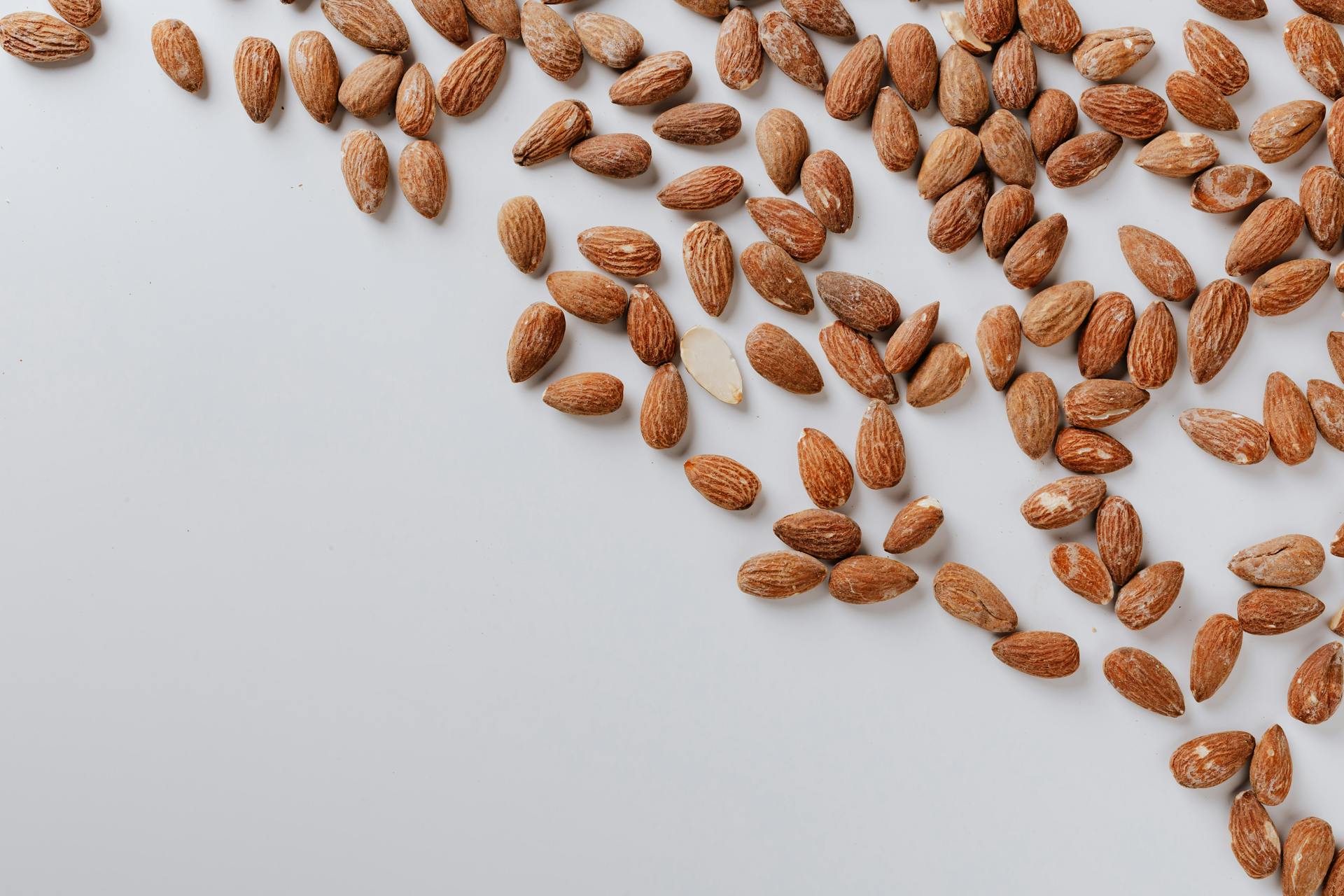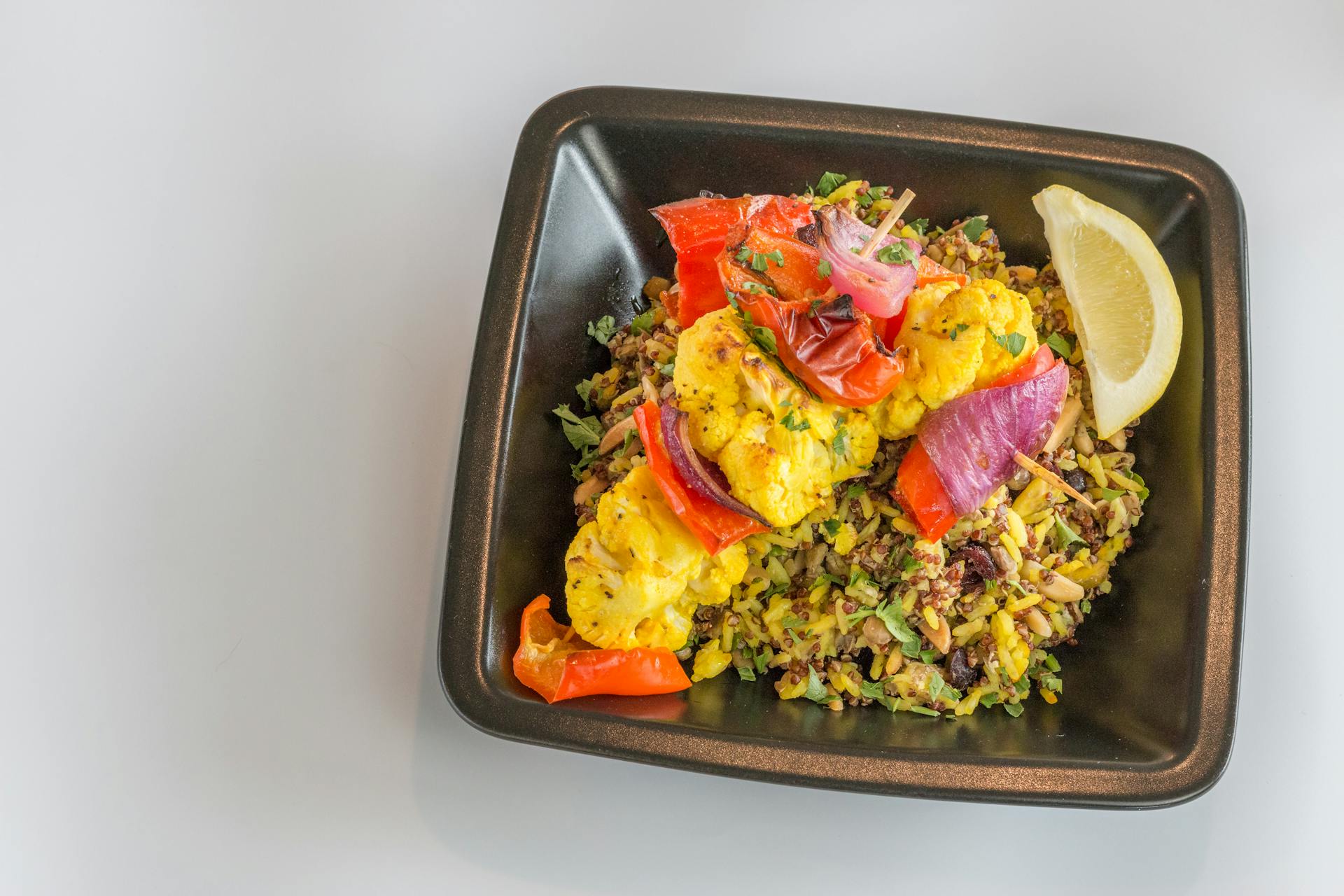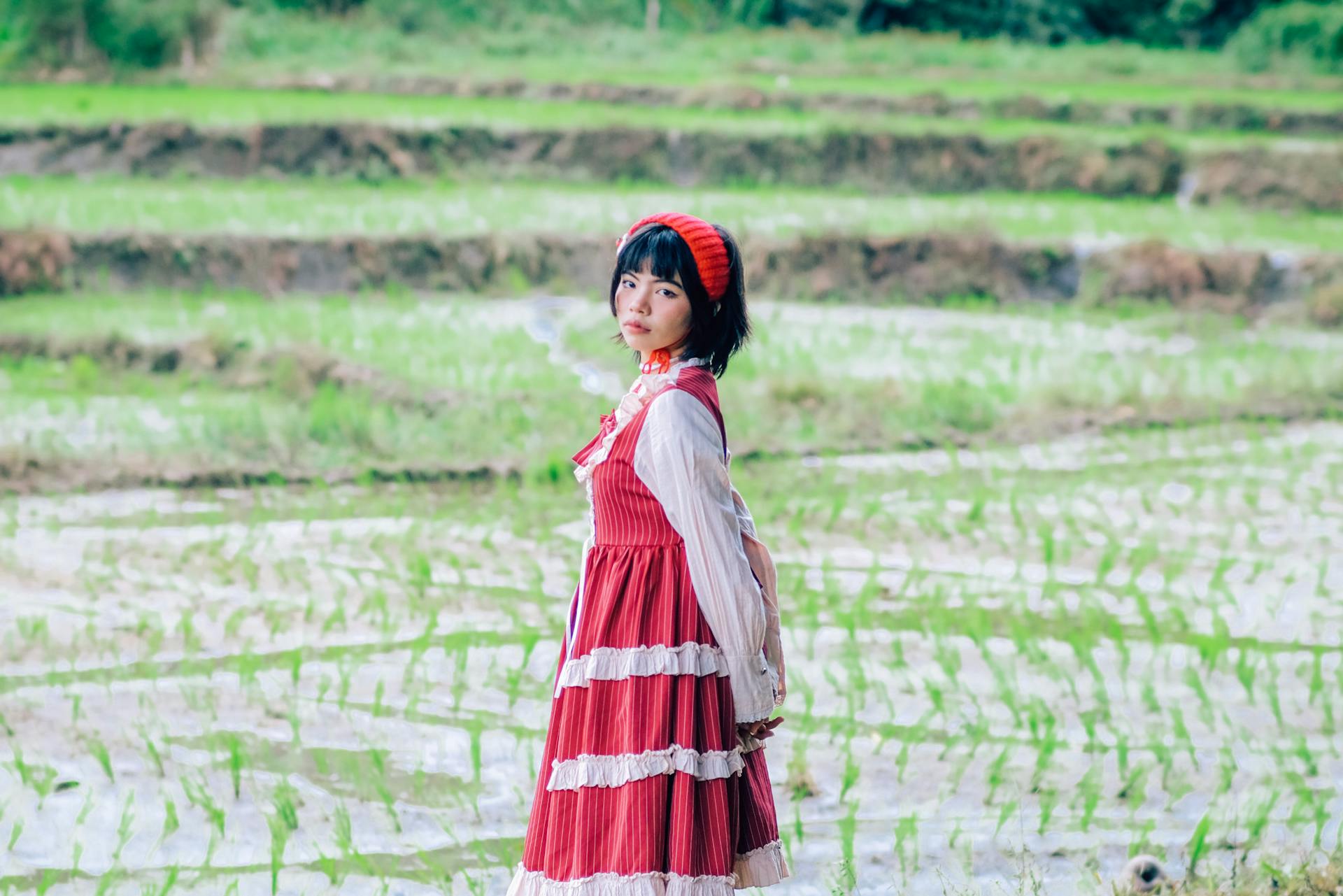
When it comes to making delicious and satisfying sushi, the choice of rice can make all the difference. When selecting the best rice for sushi, there is no one-size-fits-all answer as every chef has their own preference. However, some specific varieties definitely stand out from the pack.
The staple grain of Japanese cuisine is medium-grain Japonica rice, which is renowned for its superior flavor, texture and aroma when cooked. It contains more sugars, giving it a distinctive sweet taste that pairs perfectly with fish and soy sauce. When cooked correctly, this medium grain has a bit of chewiness that stands out among all other types of sushi rice. This makes it ideal for sushi rolls where the filling requires extra adherence to stay in place while eating it.
Short grain brown rice is another great option when selecting the best rice for sushi as it adds extra nutrition to sushi while still maintaining its stickiness and texture. Furthermore, it contains an abundance of fiber and essential nutrients like magnesium and potassium that are essential for a healthy diet. Unlike short grains white rice, short grain brown rice maintains its shape and texture even after being cooled off. This makes it perfect when you want your sushi to taste great cold as well as hot!
Lastly, wild or forbidden rices should not be overlooked when preparing sushi either as they add an unmistakable nutty flavor alongside their high nutritional value. Furthermore, this type of 'forbidden' rice has a pleasant chewy texture with some stickiness to keep your sushi rolls tight while also offering plenty of health benefits due to their higher protein content and abundance in minerals such as calcium and potassium.
Overall, there are many different types of rices that can be used when making sushi according to personal taste preference; however medium grain japonica work exceptionally well due to their uniquely sweet flavor profile and perfect balance between chewiness and stickiness whereas brown or wild/forbidden rices offer added health benefits with plenty of nutrition alongside just enough stickiness to keep your rolls securely together.
What is the best type of sushi rice to use?
Sushi rice is one of the most important components in sushi preparation and making the perfect sushi is closely tied to the type of rice you choose. Many people are confused about which variety is best for their sushi, so let’s discuss some of the different types of sushi rice and how to use them.
Short-grain white rice is by far the best option for traditional Japanese style sushi rolls. It has a slightly sweet flavor, sticky texture and clumps together, allowing you to easily pour out and blend in your favorite ingredients. Sushi chefs highly prefer it because it provides a firm base that holds together well when rolling the ingredients. US-grown short-grain white rice, like calrose or koshihikari, are especially popular for use in homemade sushi.
If you are looking for something a bit different from traditional Japanese-style sushi, long grain brown and black Japanese rices can also be used. The bran found in these grains provide additional nutrition while giving off an extremely earthy flavor to your rolls — great if you don’t have access to sweetened white varieties! They also produce a firmer consistency than their white counterparts, adding an extra bit of heartiness per bite.
Ultimately, choosing the right type of rice depends on what type of roll and flavor experience your are looking to achieve with your sushi preparation. Could be classic white rice or an alternate style such as brown or black rice — they both offer distinct flavors and textures which will surely satisfy any taste palette!
Is there a difference between sushi rice and regular rice?
Sushi is one of the most well-known Japanese dishes and its foundation is constructed upon a certain type rice. But not all types of rice used in Japanese dishes are the same, so what is the difference between Sushi Rice and regular rice?
Sushi Rice has shorter, wider grains than regular rice, making it stickier and easier to shape when rolled. As for flavor, Sushi Rice contains slightly more sugar and vinegar than regular rice giving it a subtle sweetness that contrasts nicely with the savory tastes of wasabi, teriyaki sauce or soy sauce. In addition to providing flavor, the vinegar aids in preserving the finished product longer by slowing down the spoiling process.
When it comes to preparation, Sushi Rice can be cooked pretty much like regular white or brown rice. The key difference however is that once cooked – usually using a combination of steam and pressure–the grains should not be mixed together or else they will not stick together while being shaped into rolls or balls. Furthermore, due to its higher sugar content it’s important to remember than when it cools Sushi Rice will become much stickier than normal white or brown rice grains.
At the end of the day there are both significant differences in flavor and texture between sushi rice and regular white or brown rice both in regards to preparation but also how they taste once consumed. As such sushi fans would be wise as to make sure they use specific types of sushi-style sticky short grain type Asian rice when preparing sushi at home if they want an authentic sushi experience!
You might enjoy: Brown Rice
What is the best way to cook sushi rice?
Sushi is perhaps one of the most popular types of food in the world. As such, having correct knowledge on how to cook sushi rice correctly is important for being able to make a successful and delicious sushi dish.
The key to cooking sushi rice correctly is ensuring that it has a soft, sticky texture while still being cooked thoroughly and consistently. The best way to achieve this is by steaming the sushi rice. To begin, put the sushi rice into a bowl with two cups of cold water for each cup of uncooked rice. Swish it around with your hands until the water becomes cloudy, then pour out the excess water and repeat until the water runs clear. Once all the starch has been washed off, give the rice another rinse then drain all remaining liquid from it.
Once you have done this, put a pot of two parts water, 1 part rice on medium-high heat and bring it to a boil. Once boiling add your rinsed rice and immediately reduce the heat to low and cover with a lid tightly to keep in as much steam as possible during cooking – it usually needs between fifteen to twenty minutes on low heat or until there’s no more liquid left in pot once uncovered (check it often so as not to overcook or burn). Fluff with fork before serving.
Not only is steaming one of best ways to cook sushi-style rice without over-cooking or burning it, but steaming also helps lock in more flavour allowing your sushi dishes to be even more delicious! This method is perfect for those beginners learning how to cook perfect sushi rice for their meals at home!
You might like: Best Smoked Brisket Recipe
What is the most popular type of sushi rice?
Sushi rice is one of the most fundamental components of sushi. It is used in a variety of traditional sushi types, ranging from nigiri to hand rolls and more. While there are many different varieties and flavors of sushi rice, the most popular type is known as shari, which is a blend of vinegar, sugar and salt.
Shari brings the perfect balance of sweet and savory to the classic sushi dish. With each bite, you experience a slightly acidic taste followed by an undertone of sweetness. The combination works amazingly well within other components that are present in sushi dishes such as seaweed and fish. Shari’s texturally pleasing chewiness pairs excellently with vinegary flavors brought by pickled ingredients like ginger and also works great with intensely flavored components like eel or salmon roe.
The distinct combination of flavors provided by shari adds to the vivid flavour experience that consumers have come to expect when eating sushi. Moreover, its features have made it one of the top choices for nearly all Japanese restaurants, making it the undisputed leader among sushi rices in terms of popularity.
What is the difference between white and brown sushi rice?
When it comes to sushi, there are several distinct types of rice that can be used to create this delicious delicacy. The two most popular options are white rice and brown rice. Each brings something unique to the dish and can be used in a variety of different recipes. Understanding the difference between these two types of rice can help you better understand the nuances of sushi-making.
White sushi rice is the traditional variety used in Japanese cooking, and it is also preferred by many sushi chefs. Derived from short-grain Japanese indica varieties of Japonica rice, white sushi rice is traditionally cooked until it becomes a firm, yet sticky texture, that perfectly binds all of your ingredients into a firm bite-sized piece. White sushi rice has a mild flavor which allows other ingredients to be highlighted when eaten.
In contrast, brown sushi rice is an American-developed variety typically made from medium-grain brown japonica or unhulled long grain brown Indica varieties. While Brown Sushi Rice requires more skill to cook until it reaches its desired texture, many chefs are drawn to this option because its nutty flavor complements more strongly flavored recipes that often include fish and various pickled vegetables. Brown Sushi Rice retains its individual grains when cooked so as not to clump together easily as White Sushi Rice does, resulting in a meal that provides both crunchiness and tenderness on each bite.
Each type of sushi rice brings its own characteristics to a recipe; depending on the ingredients being used in your recipe, one option may be better suited than the other should prove useful for dinner preparation! Keep these qualities in mind next time you embark on an adventure into exploring this classic Japanese cuisine!
What are some tips for making sushi rice?
Making sushi rice is a crucial component of making sushi, so it's important to learn how to make it the right way. Here are some tips for making sushi rice that will help you make restaurant-style sushi at home:
1. Buy the right rice – The first step in making great sushi rice is to buy the best kind of Japanese short-grain white rice. Short grain varieties such as Koshihikari or Uracijo are the most popular types as they have a plump, almost round shape which makes them perfect for sushi.
2. Rinse before cooking – Rinsing your sushi rice before cooking helps to get rid of impurities and other food particles and also encourages stickiness which will help keep your rolls together after rolling. Place the washed rice in a bowl with lukewarm water and use your fingers to move the grains around and then discard the water until it runs clear- this washing process should be repeated various times until you are happy that most of the starch has been washed away.
3. Cook using equal amounts of water – Once you've rinsed your rice well, place it in a pot with an equal amount of cold water (1 cup of uncooked white rice to 1 cup of cold water). Bring this to a boil, then reduce heat and simmer the mixture on low heat for approximately 15 minutes or until all water has been absorbed and Check if done by pressing a few grains between your fingers- it should be slightly chewy but fully cooked when done correctly.
4. Make an Sushi vinegar dressing – Combine one tablespoon of sugar, one teaspoon of salt and five tablespoons of Japanese vinegar into a bowl (you can adjust these measurements depending on how strong you like your flavor). Once you're done cooking your sushi rice, pour this mixture onto it while stirring vigorously with an implement such as wooden spoon or spatula if needed – this will help season and flavor the rice evenly throughout so everyone experiences an even taste in their rolls!
By following these steps closely when making your sushi rice, you can take comfort in knowing that each roll will be consistently delicious no matter who’s eating it! Not only that but taking extra time on this stage will make sure that your filling ingredients don’t become overwhelmed by too much salt or sourness as well!
Featured Images: pexels.com


